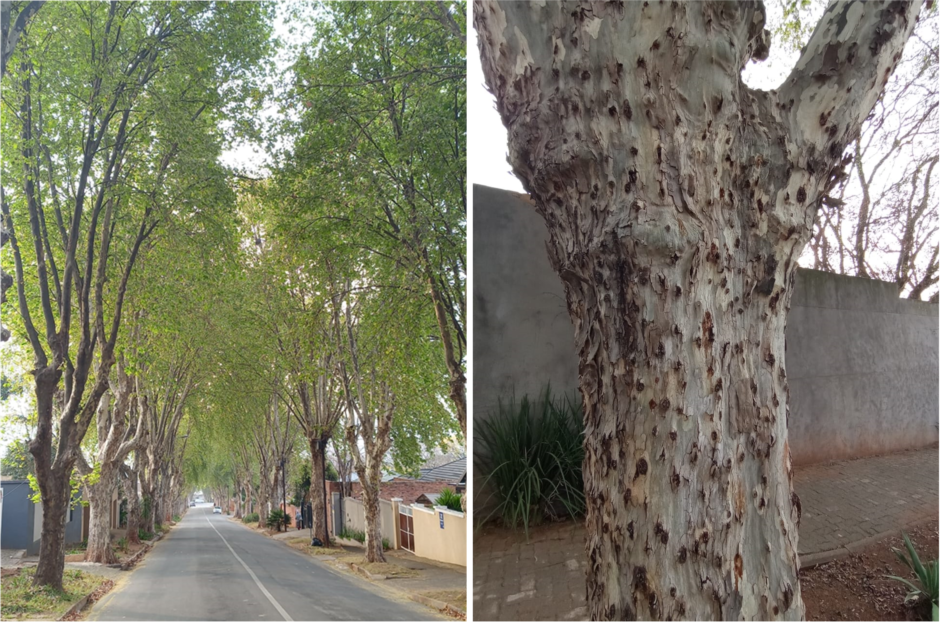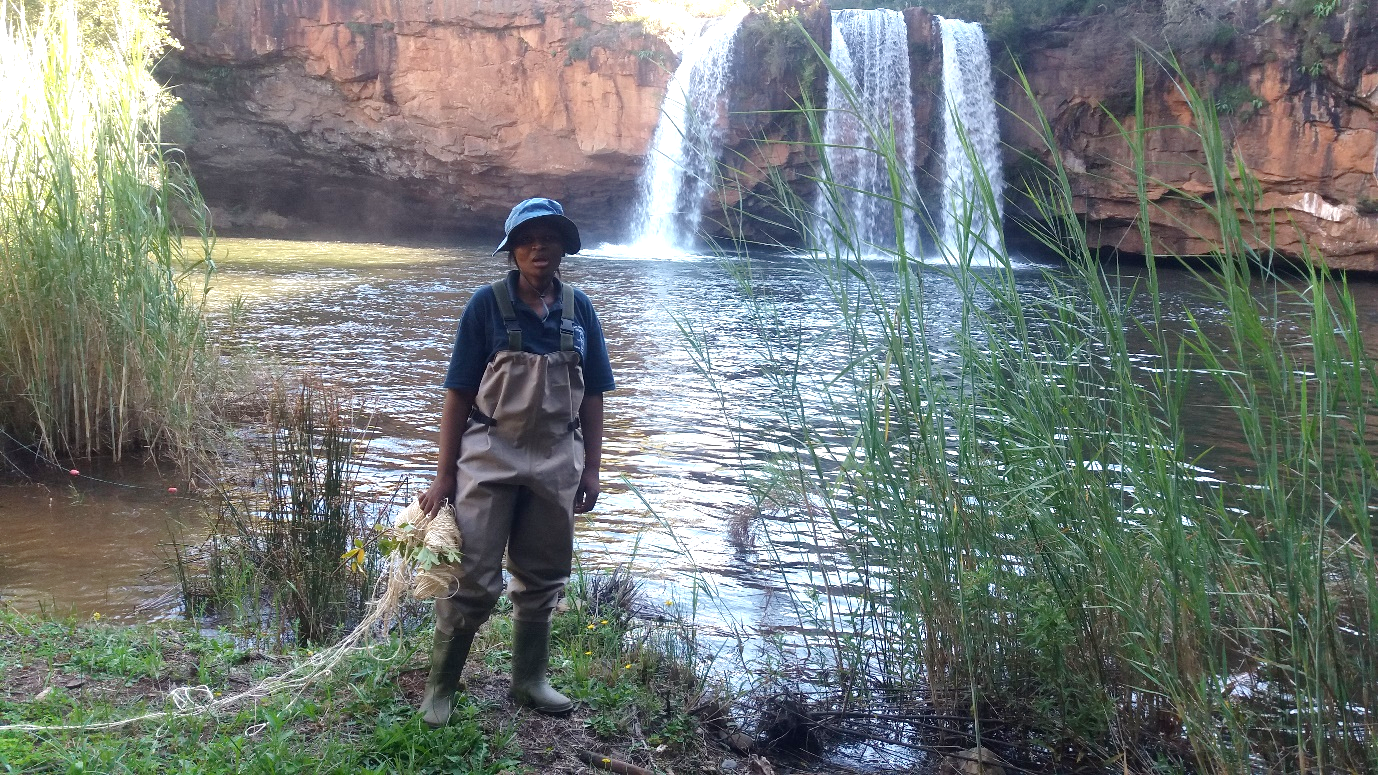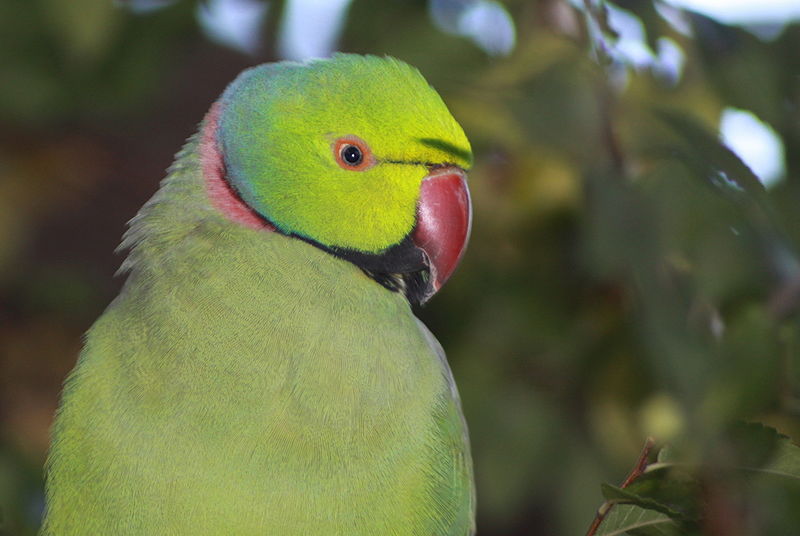The 400-year-old story of oaks: from cultural icons to invaders and victims
CIB study traces the history of the introduction of the genus Quercus into South Africa, as well as its current status and the factors that are changing its distribution across our landscapes.





